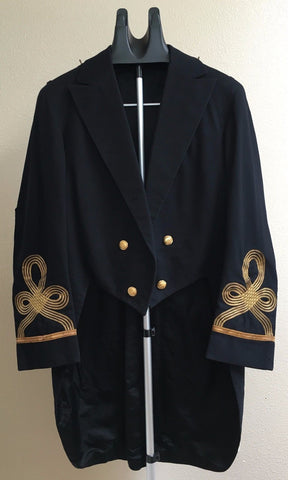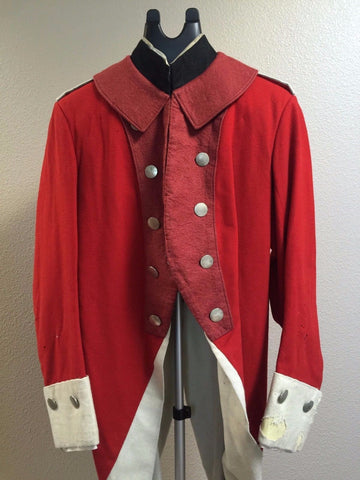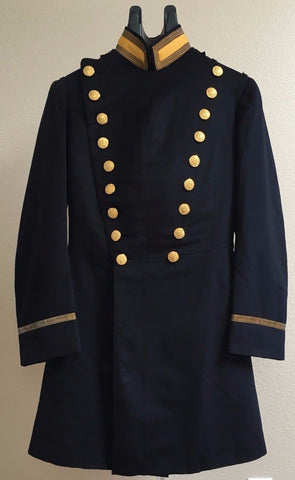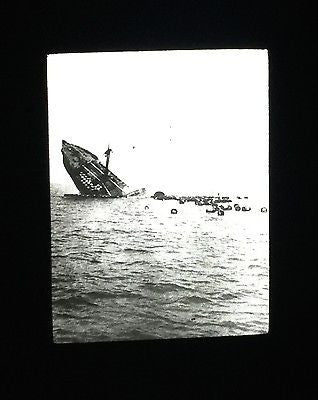AUTHENTIC EARLY 1960S US NAVY POLARIS MISSILE BATTERY ASSEMBLY
Rare, early 1960s, original Polaris Missile battery assembly manufactured by Lockheed Missile Systems for the U.S. Navy Bureau of Ordnance.
According to the Smithsonian Institution web site:
"Polaris was the first U.S. Navy ballistic missile system—a nuclear-powered submarine with 16 guided missiles, each armed with a nuclear warhead many times more powerful than those used in World War II. The first model of the missile, Polaris A-1, went to sea in late 1960. Polaris A-2 became operational in 1962, A-3 in 1964."
The nameplate on the battery assembly indicates that it was made for “US NAVY BU OF ORD” an abbreviation for the Bureau of Ordnance, the part of the Navy responsible for the design of the Polaris missile. Bureau of Ordnance was disbanded in 1959, when it was merged with Bureau of Aeronautics into the new Bureau of Naval Weapons.
The nameplate indicates Part# 2345787, Serial Number 451217. There are numerous Lockheed quality assurance stamps on the housing, inside the unit and on the inspection tags, along with a stenciled notification indicating how the battery should be stored after activation. The tags on the unit indicate it was removed from service sometime around 1980.
The battery assembly measures 13" by 9" by 3 1/2". The enclosure is made of hard plastic, and the cover plate is fiberglas. The six original mounting screws and red “caplugs” (covering the battery connectors) are present. The original battery cells have been removed from the unit. The hardware that held the cells in place is included along with two cast spacers (with Lockheed Missiles markings).
This unit belonged to NASA and was used in the space program, possibly for the Apollo missions. It came from the Estate of Charles Bell, a former NASA engineer and collector of space program hardware. The guidance system for the Apollo program was initially based on the Polaris guidance system, so it might have been used there, although the Charles Bell tag on this unit indicates it was used in the Shuttle program. The tag may be incorrect.

















